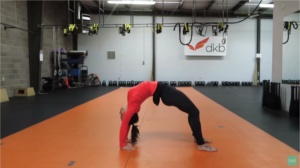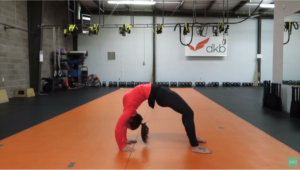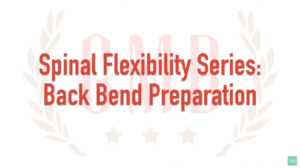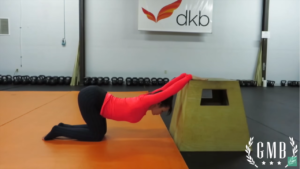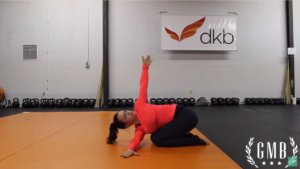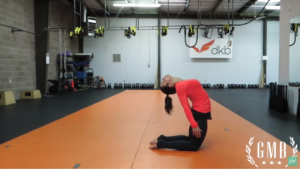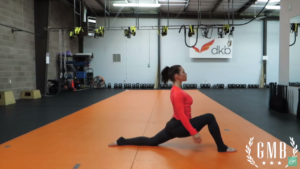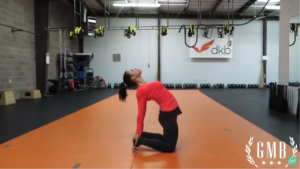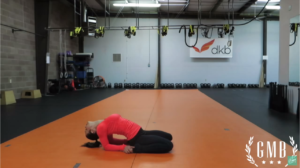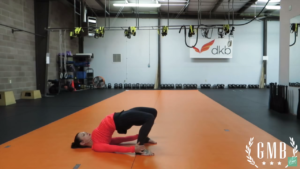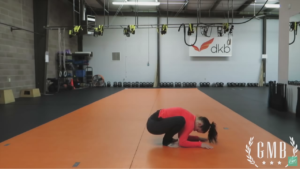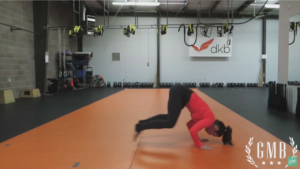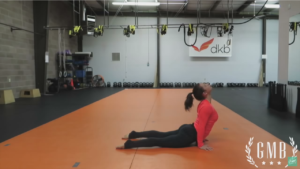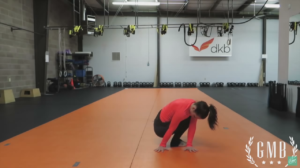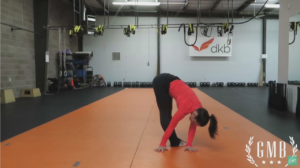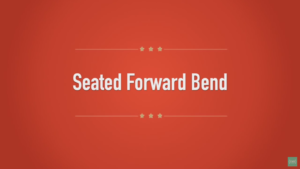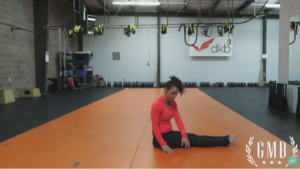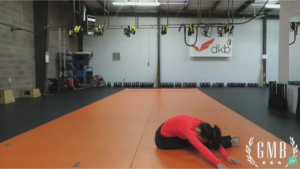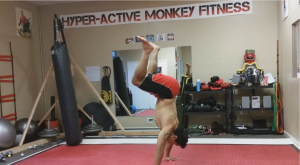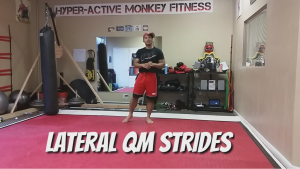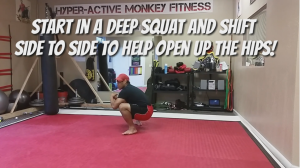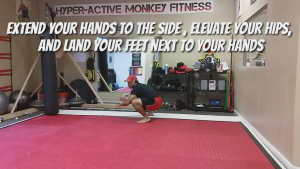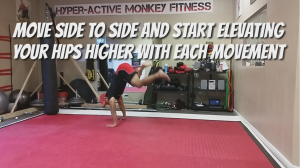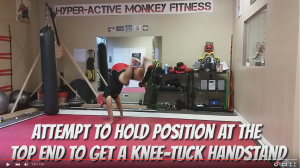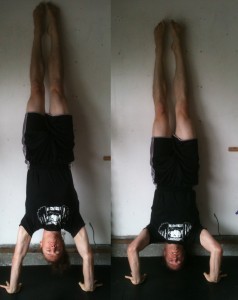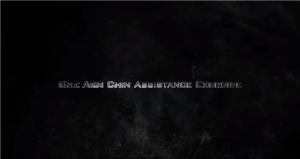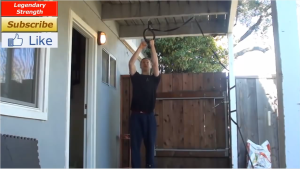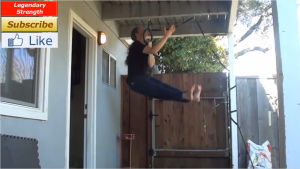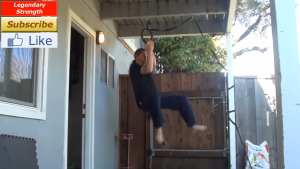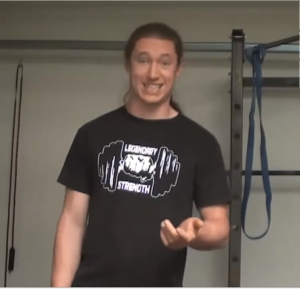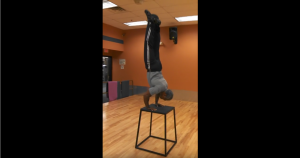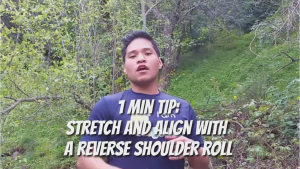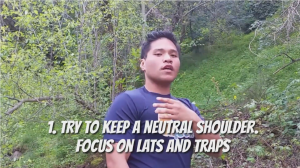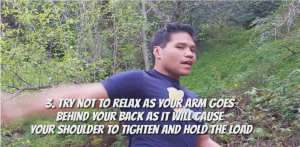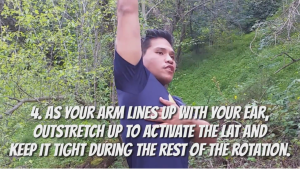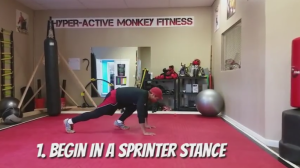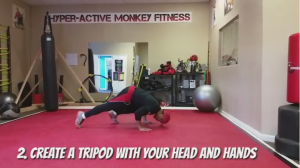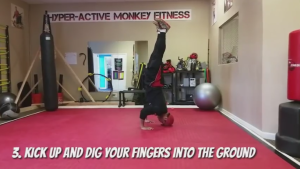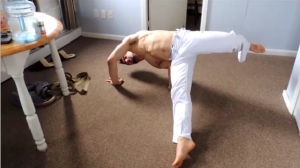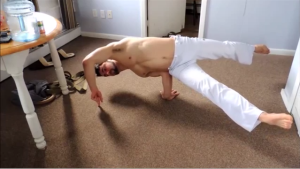Ok everyone, we are headed into the final installment of the Flexibility Mini-Series from Gold Medal Bodies! Jarlo and Keira went through many iterations to prep you for the final movement. In today’s post, you’ll be focusing on none other than the full bridge.
The full bridge is an excellent way to increase your shoulder mobility, thoracic extension and rotations, your hip flexors, wrists, and the list goes on and on. While preforming this movement, you basically get a chance to work on the muscles that you never get a chance to. Muscle balance and mindful movement gives you the understanding of what your body can do as well as allow you to delve into those crazy acrobatics. Lets first take a look at the initial bridge demonstrated by Keira.
After getting into the initial bridge, she starts by correcting her curvature and form. She lowers her arms slightly, opens up her chest, and walks her feet closer to her hips.
Once gotten into a more balanced position, she extends her arms and drives up her chest and hips.
In order to achieve a cleaner curve with her bridge, she extends her chest towards the wall she’s facing and her hips to the opposing wall.
To get a full breakdown from Jarlo, watch the video below!
One more thing guys!The GMB special will be ending this Saturday April 30, 2016 and you will lose out your chance to get the program with the NEW BONUSES for $75. After Saturday the price shoots up to $95. Be sure to grab GMB Focused Flexibility Plus program here: https://lostartofhandbalancing.com/go/focusedflexibility/
Stay Inverted,
Coach Jon


